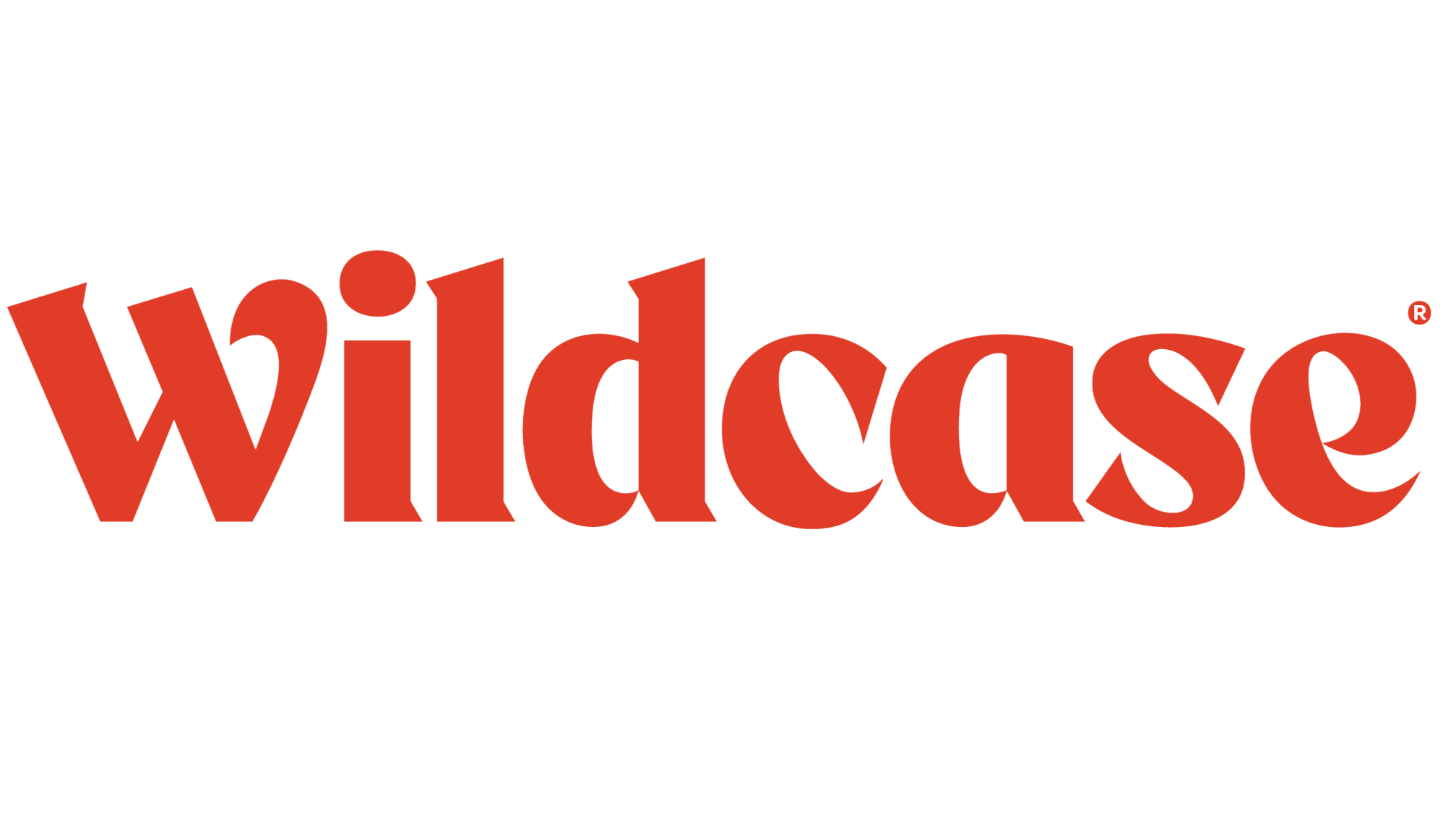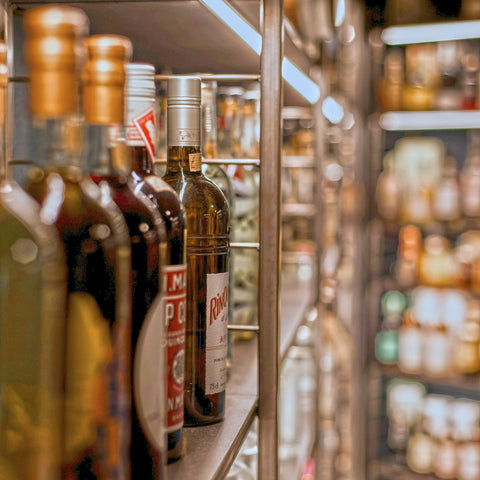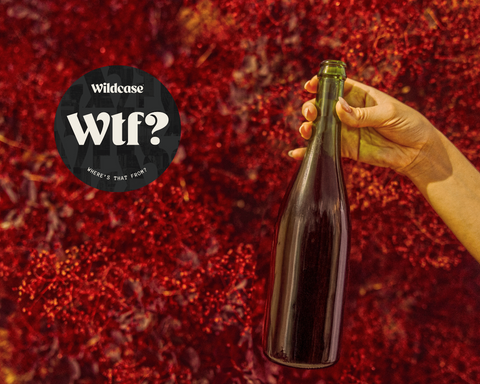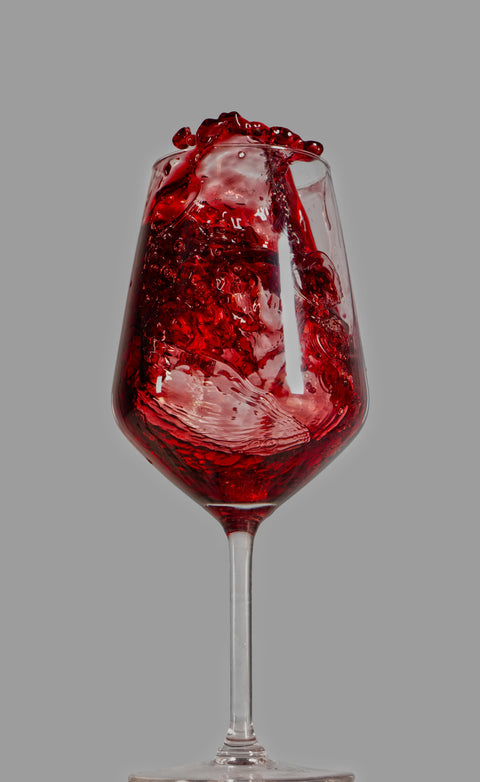Does paying more for wine mean drinking better? Not always.
One of the questions I get asked most often is.....how to pick a good value wine?
If price doesn’t always relate to quality, how can I ensure I’m not just funding a winery's new tasting room?
Unfortunately the answer is often as complicated as your average French wine label…after you’ve drunk the bottle. There are few consistent rules when it comes to wine pricing - producers and retailers can effectively charge what we, the unsuspecting wine drinker, are willing to pay.
Of course, there are many legitimate production costs that do affect pricing. Hand harvesting individual grapes or machine harvesting on mass. Whether timely and expensive oak ageing has been used to add complexity to the wine. In Champagne, a producer may try hundreds of different blend samples from numerous different vintages to perfect the final wine. Many of these costly techniques can, and do, add quality.
But for most wine buyers, it’s impossible to distinguish those factors by glancing at a bottle on the shelf. And often we can’t taste the wine before we buy it. (I’ve heard opening up a bottle in the supermarket for a quick sip can be frowned upon).
So how can we tell the intricacies of one Pinot Noir over another? And is it worth paying the extra in any case?
Here’s a couple of tips for increasing your chances of finding that hidden gem…
1. Wine Regions: Avoid the hype
When it comes to wine regions, the more famous and popular, the more you end up paying. Fact. Burgundy Pinot Noir for example is insanely popular, and limited production keeps prices rising. Whilst of course you often get tremendous quality, you are never going to come across a bargain Burgundy. And the same goes for other prestigious regions - Barolo, Champagne, Napa, Rioja.
Instead, look for the lesser-known rising stars of the wine world. There are some great wine producing countries where quality is vastly increasing, but popular recognition and prices are still lagging. A few to look out for…
-
Austria - A growing reputation for high quality, independent wineries, using indigenous grape varieties. Produces fresh, aromatic whites and expressive, fruit forward reds.
-
Hungary - Furmint may just be one of the most underrated grape varieties in the world right now. High quality sparkling and dry white wines, as well as sweet.
-
Greece - Varied climates and terrains, plus over 300 local grapes including Xinomavro and Assyrtiko. Greece is producing a range of high quality red and white wines.
Also, check out the underrated sub regions close to the more famed names. Consider the Languedoc region in Southern France over Provence or Châteauneuf-du-Pape. Look into Alentejo instead of the Douro in Portugal. And up and coming Swartland in South Africa will generally yield better value than the well established Stellenbosch.
2. Don’t be a label snob
Wine labels can be overwhelming, but also offer some useful clues from a value perspective.
Geographical classifications like DOCG (Italy), AOC (France), or DO (Spain) impose standards and regulations for winemakers. But, they also often hike up prices as a result.
And do those labels mean those wines are always better? Not at all.
Some of the most exciting winemakers from those regions are choosing to skip those designations to experiment more with styles, grapes, or methods outside the rulebook. They lose the official stamp but often create far more interesting wines.
Also, consider similar styles from outside the designated regions. Champagne is a great example - there are a number of “Champagne-style” wines from outside Champagne. The UK, Tasmania, Hungary, the Uco Valley in Argentina, and even Canada are producing top quality traditional method sparkling wines. And usually offer much better value.
Also look out for Organic, biodynamic, or low-intervention labelled wines. This often signals that more care went into grape growing - which usually means better grapes, and therefore better wine. They might also cost a little more, but in this case, the price bump is usually worth it. (More here).
3. Seek independent producers over big brands
With so many different producers and choices, it's easy to pick a big-name bottle. You know what you’re getting. But are they value for money? Branded wines are likely to have increased overheads and big marketing budgets, all added to the price you pay per bottle.
Bigger brands may benefit from economies of scale, but mass production often doesn’t equate to quality. Increased yields and machine harvesting for example will have the opposite effect.
Smaller, independent wineries however, often impart tremendous attention to detail during wine production. These are passion projects with a focus on craft. The winemakers are freer to experiment at each stage and improve every vintage.
And guess what? It’s not always more expensive.
Ready to test the theory?
Ultimately, picking out a bargain wine is no easy feat, but trying new wine is an adventure itself.
Recommendations are also worth their weight in gold, so here’s three value-for-money Wildcase wines to consider…
Up and coming region
Xinomavro, Macedonia, North Greece
A high quality red wine made from the Xinomavro grape in the increasingly important Macedonia region. Bursting with intense Pomegranate flavour.
Label free
Traditional Method Sparkling, Uco Valley, Argentina
A Champagne-style wine without the markup. Pinot Noir and Chardonnay grapes, classical style, but crafted in the Uco Valley.
Small Batch Star
Hand-crafted Sparkling Rose, Austria
Only 3,000 bottles were produced of this stunning sparkling rose, packed with flavour, and everything done by hand.
At Wildcase, we spend our time hunting down the unexpected - the hidden gems, the underdogs, the bottles with more story than status.
Join the Wildcase Wine Club and let us surprise you every month.
Quality, small-batch wine, delivered.
👉 Explore the Wildcase Wine Club





